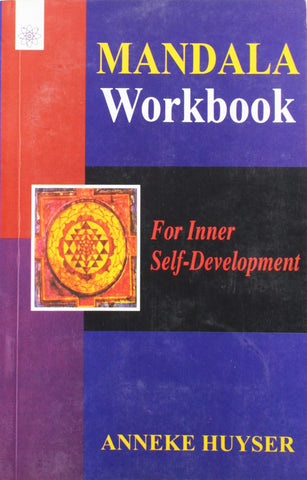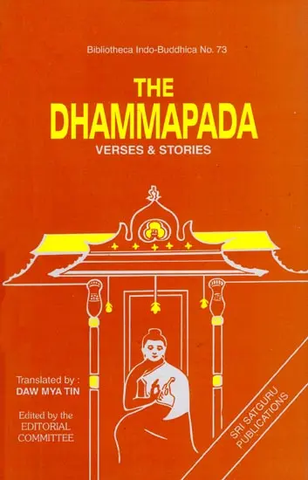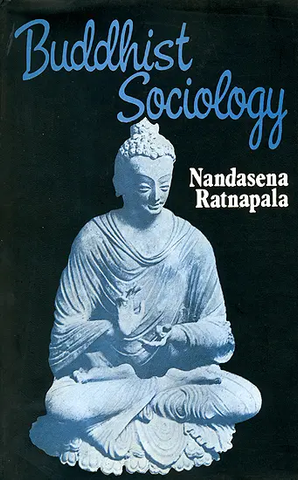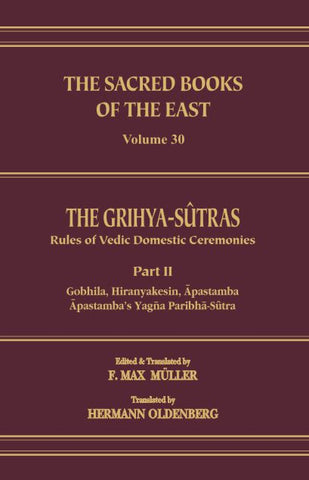Your cart is empty now.
In the oldest scriptures of Theravada Buddhism much attention is given to the Jhanas, high levels of meditative attainment distinguished by powerful concentration and purity of mind. Ven. Dr. Gunaratana examines these jhanas within the context of Buddhist teaching as a whole and particularly within the meditation disciplines taught by the Buddha. Beginning with the ethical foundation for meditation, the role of the teacher, the classical subjects of meditation, and the appropriateness of these subjects to individual practitioners, the author traces the practice of meditation to the higher reaches of realization. The eight stages of jhana are individually analyzed and explained in terms of their relation to one another and to the ultimate goal of the teaching.
The author makes the critical distinction between the mundane jhanas and supermundane jhanas, pointing out that the lower four, while leading to various mental powers and psychic attainments, are not necessary to full enlightenment and may be developed or bypassed as the meditator wishes. The author goes on to explain the place of the Jhanas among the accomplishments of the arahat and to elucidate their usefulness for the dedicated meditator.
About the Author
VENERABLE HENEPOLA GUNARATANA served as Hon. General Secretary of the Buddhist Vihara Society of Washington, DC. and later became President of the Society. He has taught courses in Buddhism, conducted meditation retreats, and lectured widely throughout the United States and Canada and pursued his scholarly interests as well. His books and articles have been published in Malaysia, India, Sri Lanka and the U.S.A.
In 1973 Venerable Gunaratana occupied the position of Buddhist Chaplain at the American University. His basic aim was to diffuse Buddhist teachings throughout North America.
Preface
The teaching of the Buddha is essentially a path leading to the cessation of suffering. Central to this path is the practice of'medi- tation. Meditation may be considered the heart of applied Bud- dhism, to which all the preliminary stages of the path lead and out of which the higher stages flow. One of the most important aspects of Buddhist meditation encountered repeatedly in the scriptural texts of early Buddhism is a set of attainments called, in Pali, the Jhanas. The jhanas were instrumental in the Buddha's own achievement of enlightenment and recurrently enter into the course of training he formulated for his disciples. They appear in the stage of the path preparatory to the higher insights, again in immediate association with the liberating wisdom, and still again in the end as a spiritual endowment of the fully libe- rated man.
It is the purpose of the present work to examine the jhanas in order to determine their role in the Buddhist spiritual discipline. The perspective from which they are viewed is that of Theravada Buddhism, the Buddhist school to which the author belongs as a fully ordained monk. Theravada Buddhism is probably the oldest continuous Buddhist tradition, maintaining the most accurate record of what the Buddha himself actually taught. Theravada Buddhist meditation, inclusive of the jhanas, has been reliably treated by several contemporary writers of scholarly stature. The present work, however, approaches the jhanas from a differ- ent angle. Whereas most scholars deal principally with the topics of meditation and only incidentally with the jhanas them- selves, in this work we focus primarily upon the jhanas as they 'are in their own nature, treating the topics of meditation only in a summary way. Our approach is psychological and analytical, our intent to look into the inner constitution of the jhanas, lay bare their inner dynamics, and see how they contribute to the purification and liberation of mind which is the goal of the Bud- dhist discipline.
Our work draws principally upon the scriptures and exegetical literature of Theravada Buddhism. These sources, composed almost entirely in the Pali language, fall into three primary layers of differing degrees of authoritative weight. The first and most authoritative is the Pali Canon. This is the Tipitaka-the three "baskets" or collections of scripture: the Vinayapitaka, the collection of monastic discipline; the Suttapitaka, the collection of the Buddha's discourses; and the Abhidharnmapitaka, the collection of psycho-philosophical treatises. The texts in these collections belong to different chronological strata, but a good portion, particularly of the Vinaya and suttas, can be reasonably ascribed to the Buddha himself.
The Suttapitaka was the most useful of the three for our purposes. This collection is divided into five sections: the Digha Nikaya (long discourses), the Majjhima Nikaya (middle-length discourses), the Samyutta Nikaya (topically related discourses), the Anguttara Nikaya (numerically arranged discourses), and the Khuddaka Nikaya (miscellaneous discourses). We have relied most heavily on the first four and parts of the fifth as containing the most ancient parts of the Pali Canon.
The Abhidhamrnapitaka gives the appearance of being a somewhat later scholastic attempt at systematization, but its teachings are fully consistent with the suttas and help shed light on many points requiring precise analysis and fine definition. The difference between the suttas and the Abhidhamma is that between a practical pedagogical approach and a philosophically rigorous one, but the two standpoints harmonize and repeatedly illuminate each other. The first two books of the Abhidhamma, the Dhammasangani and the Vibhanga read in conjunction with their commentaries, are especially helpful in clarifying a number of knotty points concerning the jhanas.
The second layer of Pali literature is the commentaries (attha- katha). The commentaries were composed for the purpose of elucidating the words of the Tipitaka and for drawing out their implications. Their origins go back to very ancient times but they were edited and cast into final standardized versions in the 5th century A.C. by the great Buddhist commentator Bhadanta- cariya Buddhaghosa, who came from India to Sri Lanka expressly for that purpose. Fundamental to the entire commentariat collection is Bhadantacariya Buddhaghosa's own original work, the Visuddhimagga (Path of Purification), a massive masterpiece that orders the complex field of Buddhist meditation into an organic comprehensive whole.
The third class of Pali texts we drew upon is the Tikas. The Tikas are sub-commentaries, composed with three principal purposes in view: to elucidate difficult points in the commentaries, to explore important side issues, and to systematize further the material of the Tipitaka. The most useful of these has been the great Tika to the Visuddhimagga, called Mahatika, and the Paramatthamanjusa, composed by Acariya Dhammapala who lived in South India in the 6th century A.C. This same teacher is also the author of the Tikas to the Digha Nikaya, the Majjhima Nikaya, and the Samyutta Nikaya.
CONTENTS
| PREFACE | xi | |
| I. | INTRODUCTION | 1-11 |
| II. | THE PRELIMINARIES TO PRACTICE | 15-26 |
| III. | THE CONQUEST OF THE HINDRANCES | 28-46 |
| IV. | THE FIRST JHANA AND ITS FACTORS | 49-74 |
| V. | THE HIGHER JHANAS | 79-104 |
| VI. | BEYOND THE FOUR JHANAS | 107-139 |
| VII. | THE WAY OF WISDOM | 143-173 |
| VIII. | JHANA AND THE NOBLE ATTAINMENTS | 175-198 |
| CONCLUSION | 209 | |
| APPENDIX | 217-223 | |
| GLOSSARY | 225 | |
| LIST OF ABBREVIATIONS | 237 | |
| SELECTED BIBLIOGRAPHY | 239 | |
| INDEX: | 247-259 | |
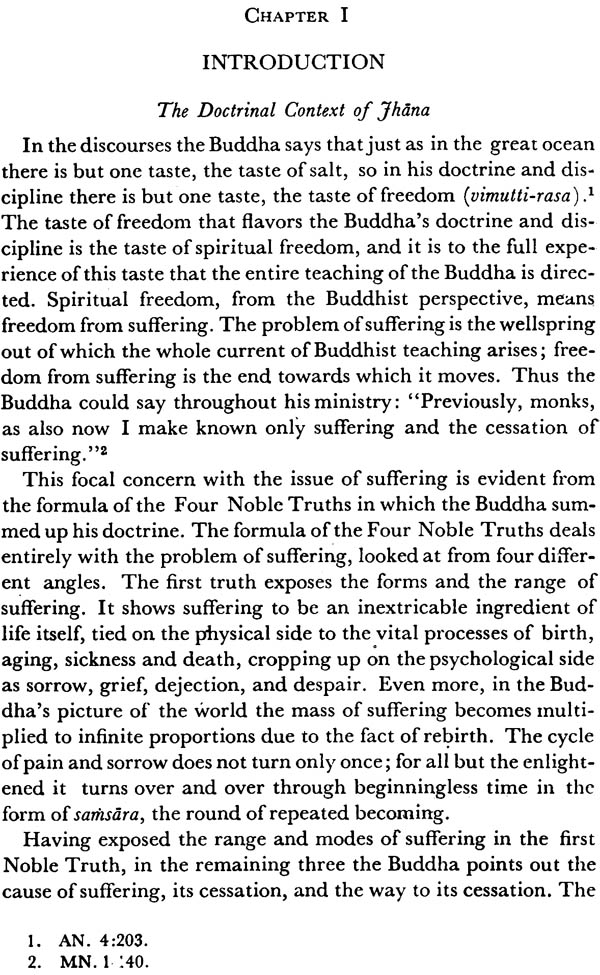
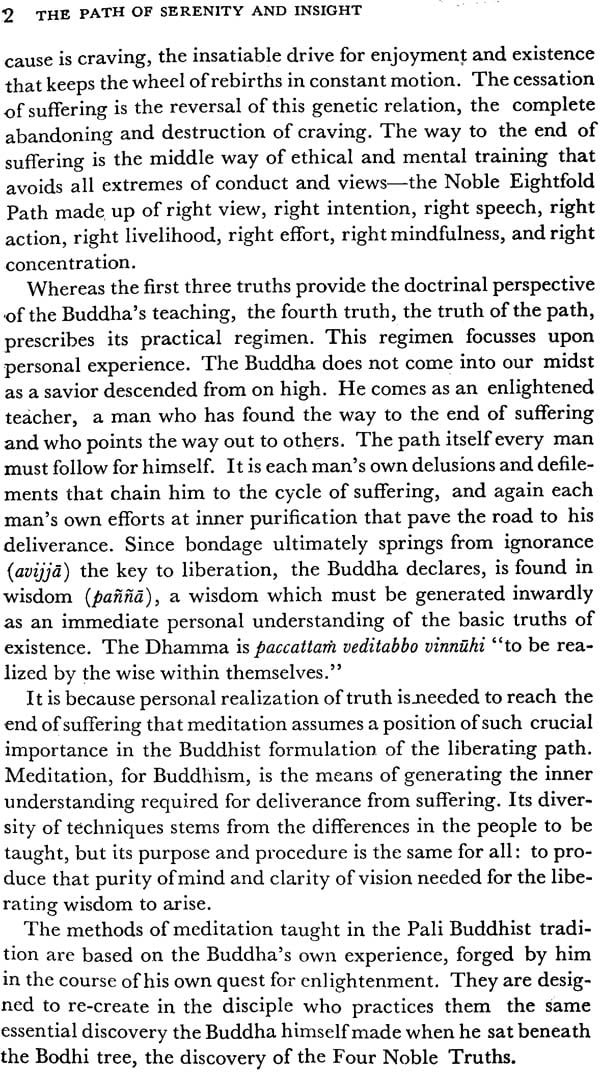

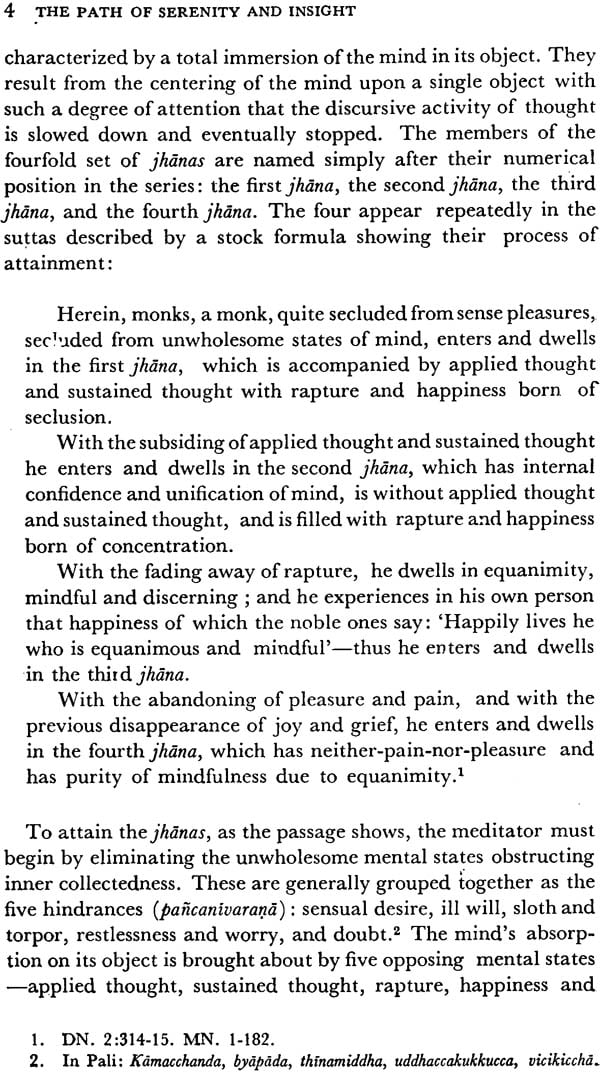
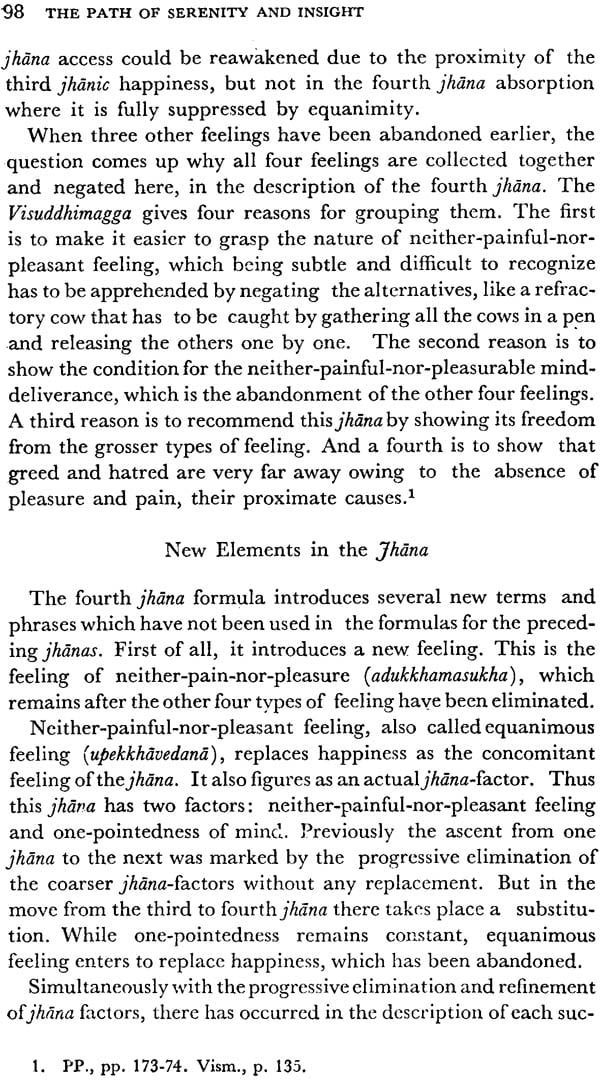

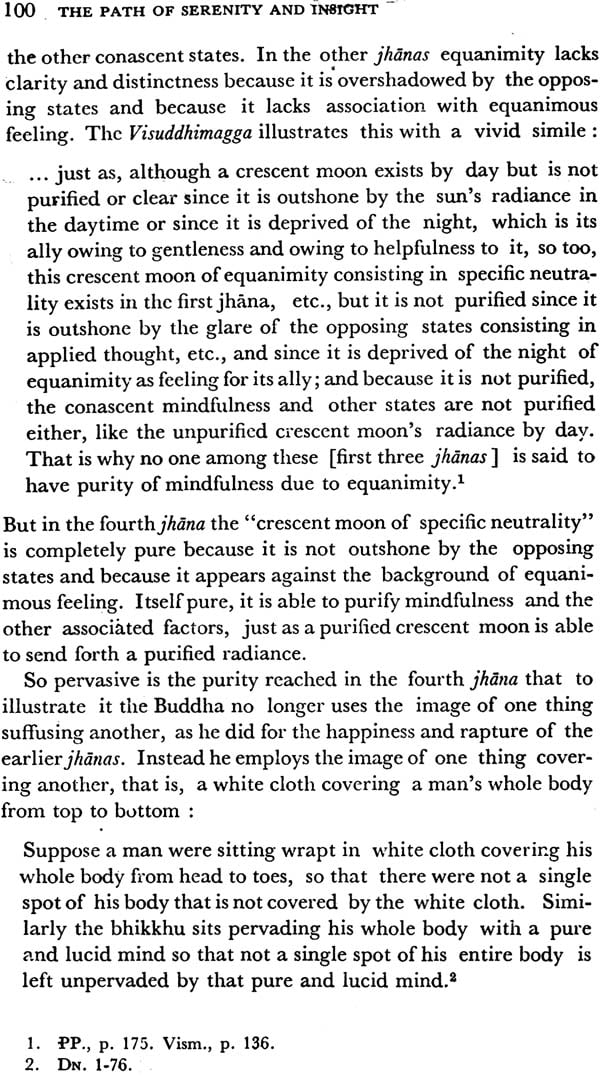
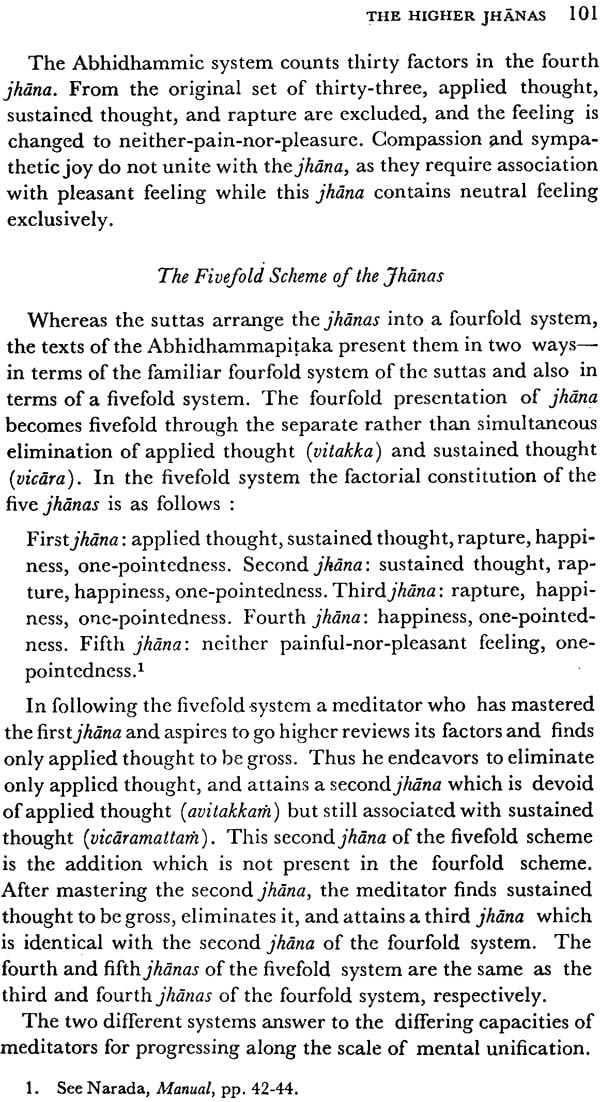
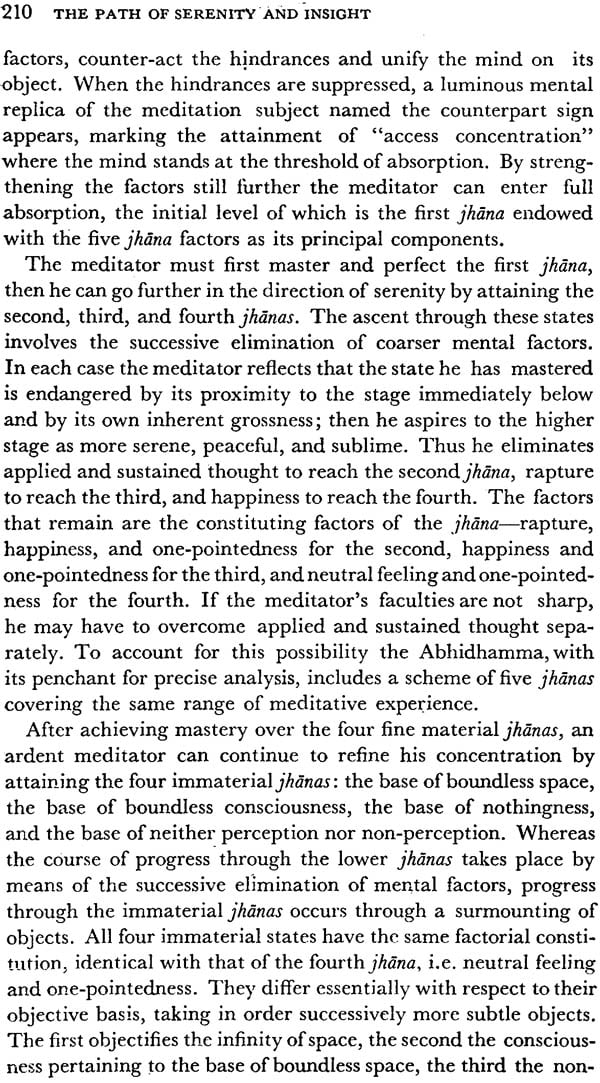
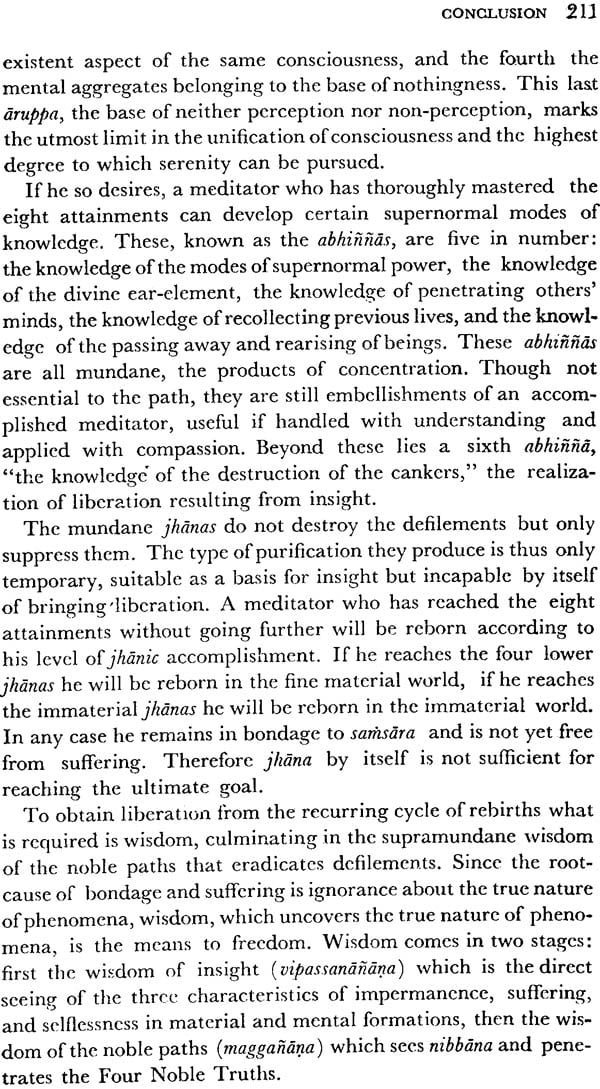
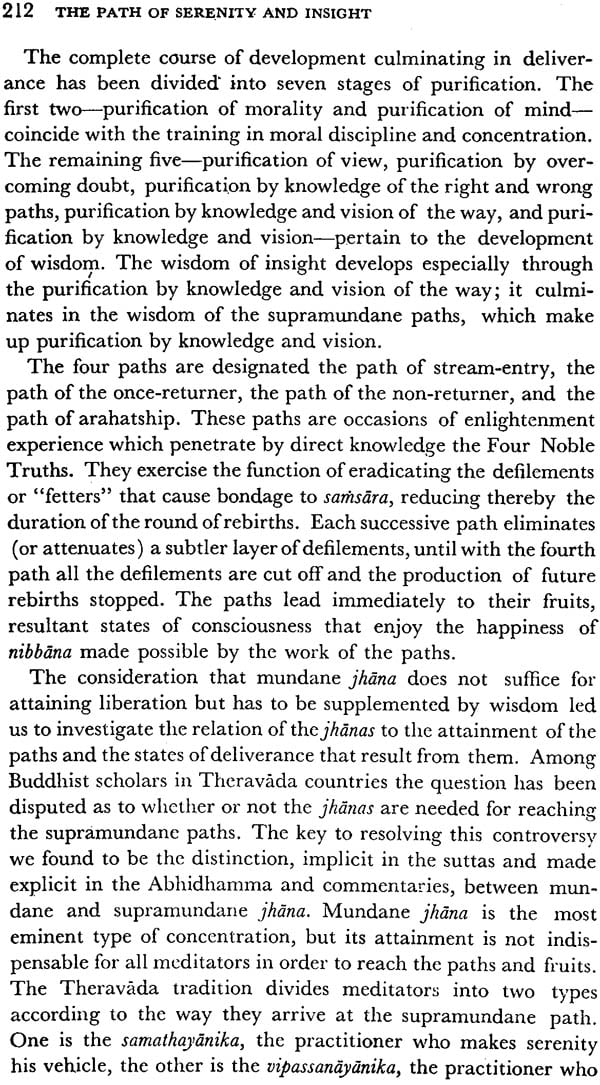
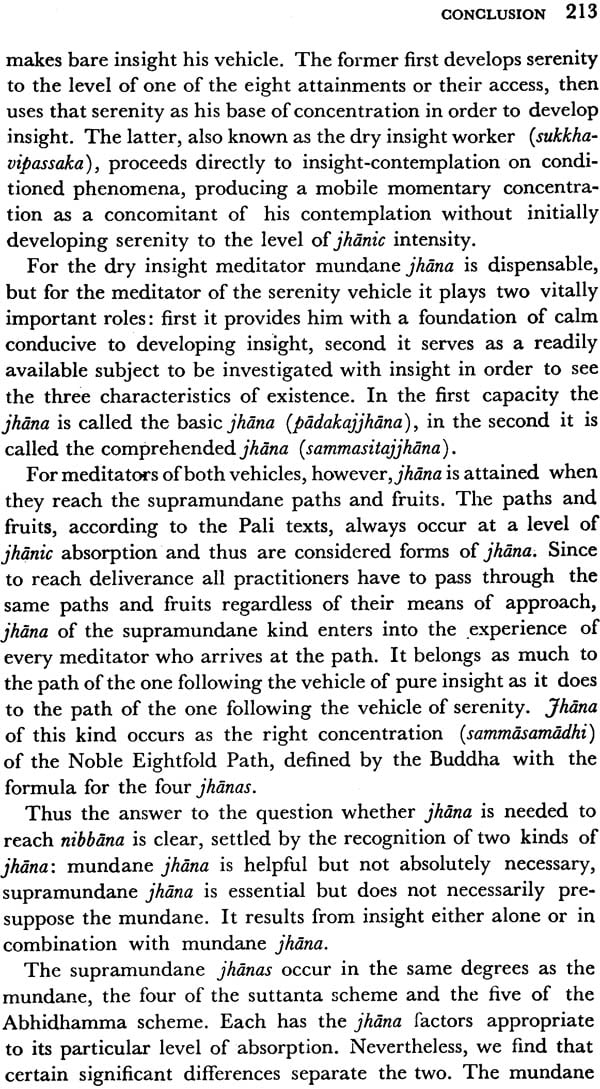
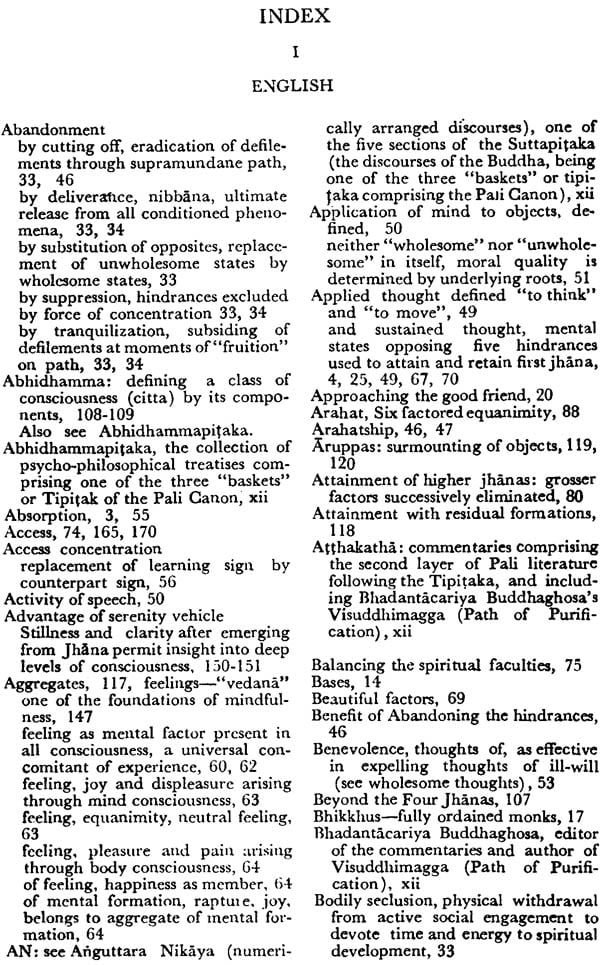
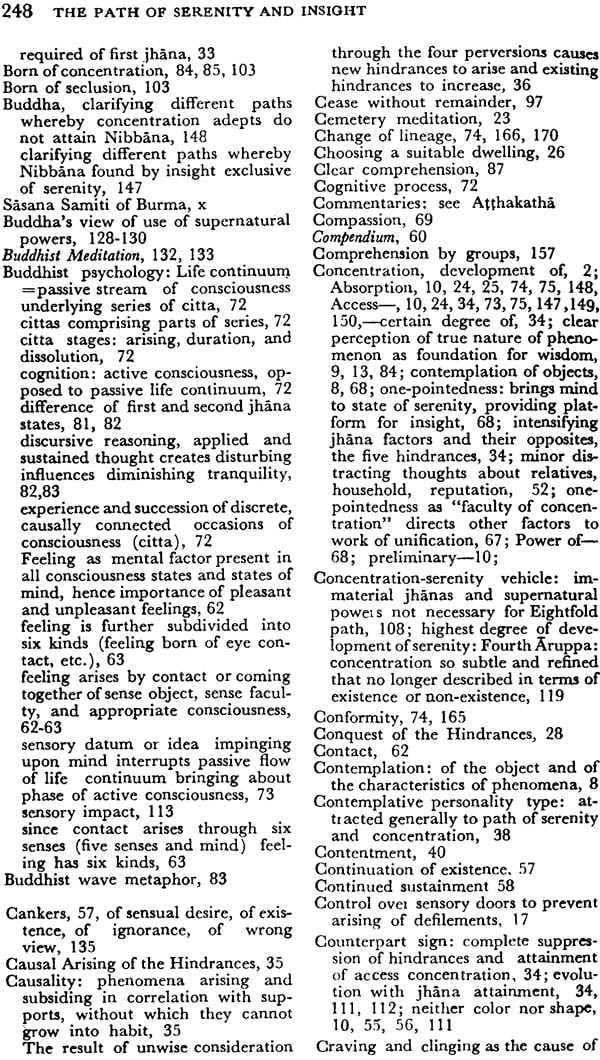
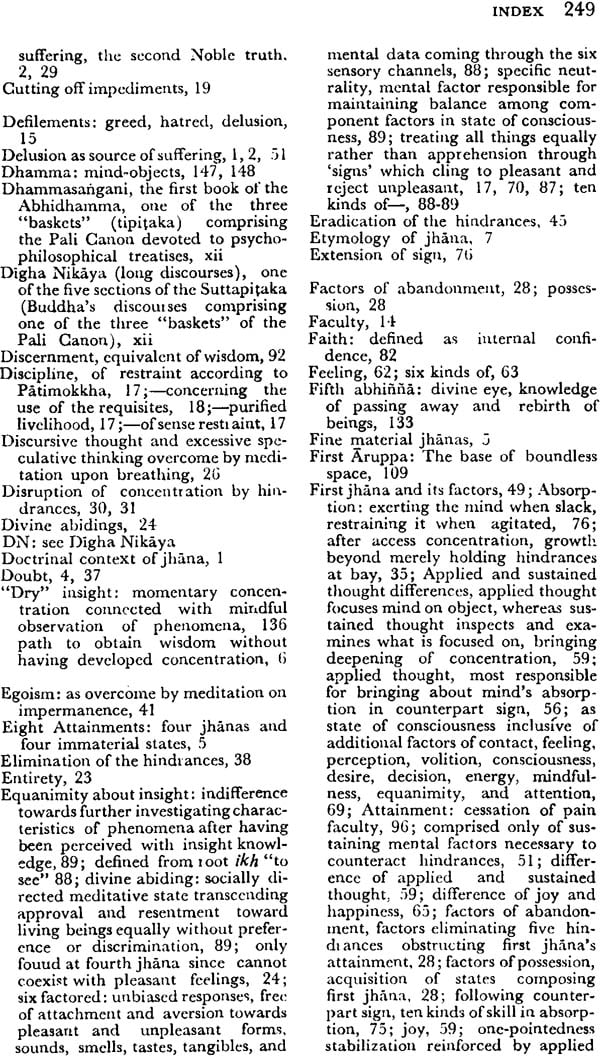
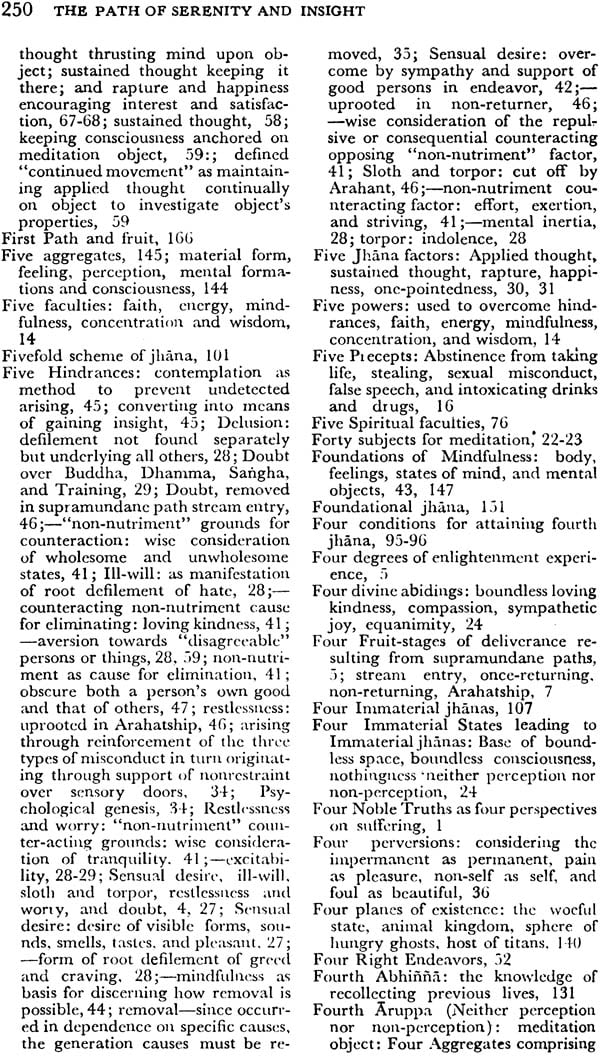
Delivery and Shipping Policy
- INTERNATIONAL SHIPPING
- Rs.1000-1100/kg
- ESTD. Delivery Time: 2-3 weeks (depending on location)
- Bubble Wrapped with Extra Padding
- NATIONAL SHIPPING
- NCR: Rs. 30/half kg
- Standard: Rs. 80/half kg
- Express shipments also available on Request
- ESTD. Delivery Time: Ranging from 1-4 days up to 7 business days (Depending on your choice of Delivery)
- TRACKING
- All orders; national or international, will be provided with a Tracking ID to check the status of their respective orders
- Depending on the Shipping Service, Tracking ID may be used on their respective tracking portals
Frequently Asked Questions (FAQs)
Domestic Shipping: 3-4 Days (after shipping)
International Shipping: 1-2 weeks (based on your location)
You will receive an email once your order has been shipped or you can email us if you didn't receive tracking details (info@mlbd.co.in)
Every book that we sell is the latest edition except all the rare books
Yes, we do provide free shipping, only on domestic orders (within India) above Rs.1500


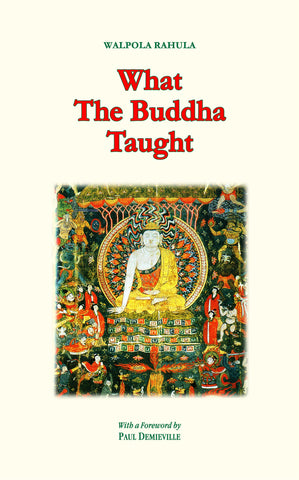
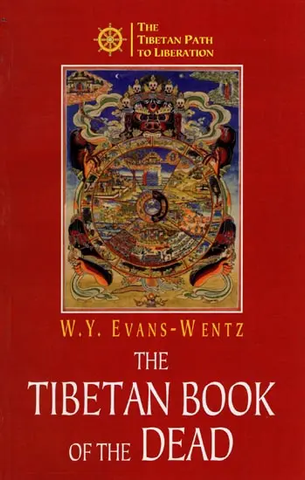
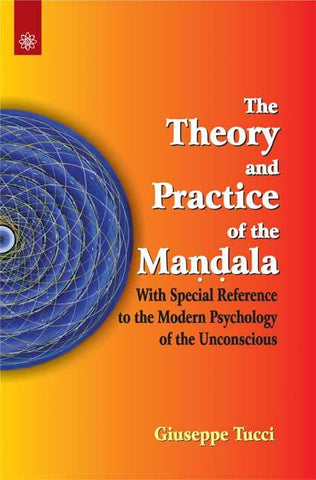
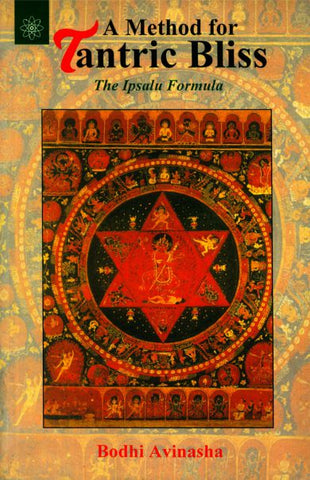
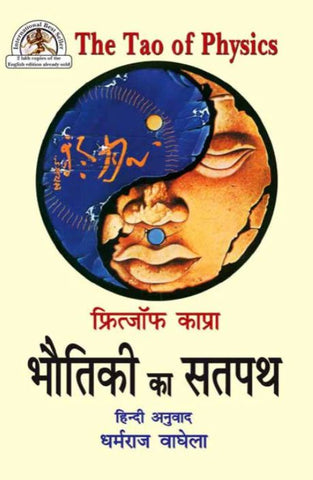
![The Rishukyo [Buddhica Britannica Vol.3]: The Sino-Japanese Tantric Prajnaparamita in 150 Verses (Amoghavajra's Version)](http://www.motilalbanarsidass.com/cdn/shop/products/RISHUKYO_large.jpg?v=1675417651)
